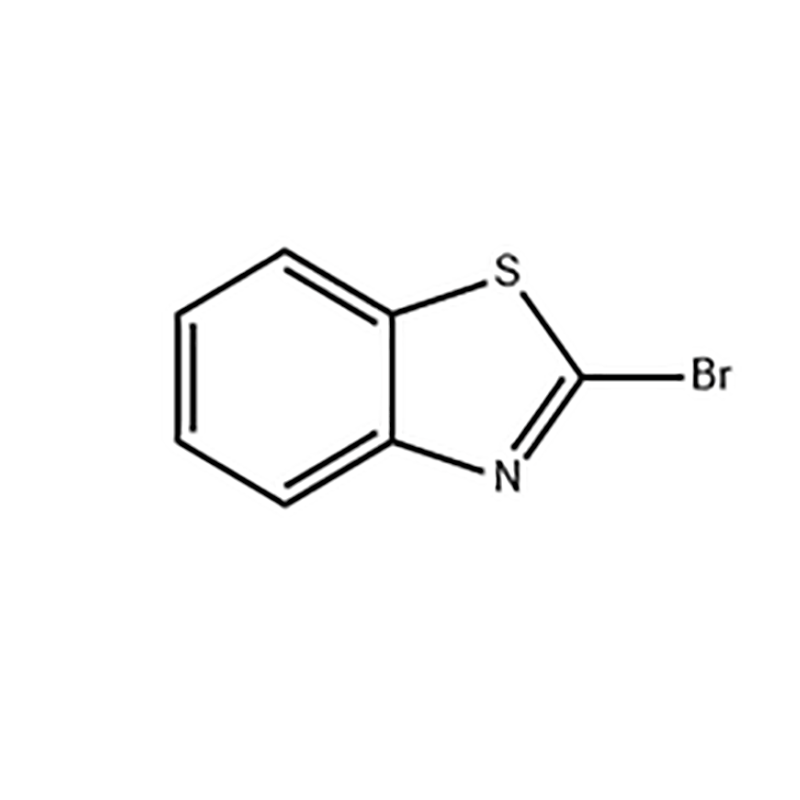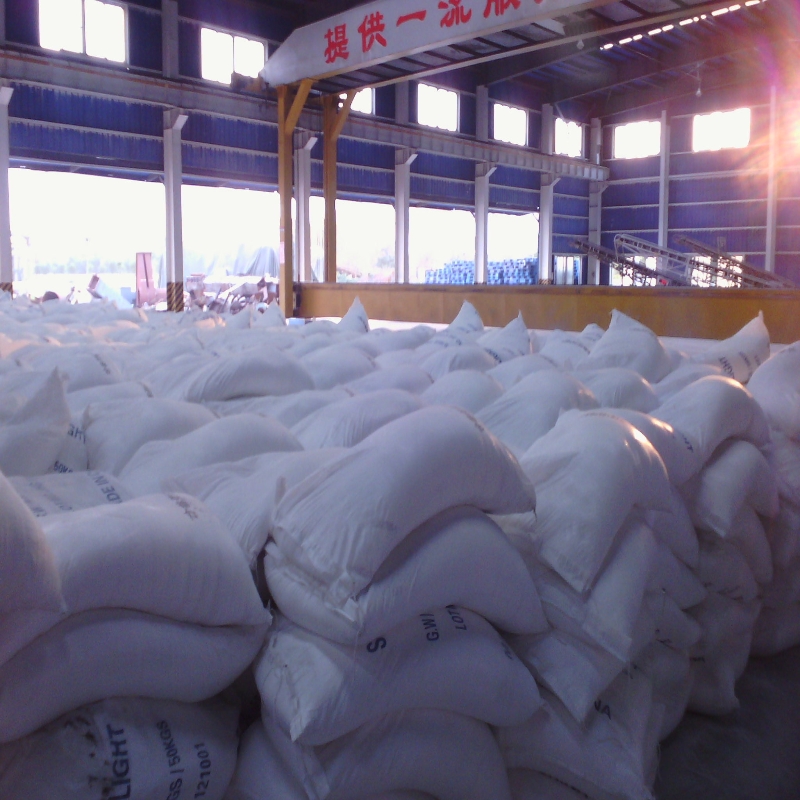-
Categories
-
Pharmaceutical Intermediates
-
Active Pharmaceutical Ingredients
-
Food Additives
- Industrial Coatings
- Agrochemicals
- Dyes and Pigments
- Surfactant
- Flavors and Fragrances
- Chemical Reagents
- Catalyst and Auxiliary
- Natural Products
- Inorganic Chemistry
-
Organic Chemistry
-
Biochemical Engineering
- Analytical Chemistry
-
Cosmetic Ingredient
- Water Treatment Chemical
-
Pharmaceutical Intermediates
Promotion
ECHEMI Mall
Wholesale
Weekly Price
Exhibition
News
-
Trade Service
The European Parliament has approved a ban on the use of mercury in button batteries from autumn 2015 and will phase out the current exemption
for cadmium batteries and accumulators used in cordless power tools by January 31, 2016.
These changes will be implemented
in accordance with the new regulations amending the EU Battery Directive 2006/66/EC.
The currently implemented EU Battery Directive allows nickel-cadmium batteries to be used in certain product categories, such as emergency alarm systems (including emergency lights), medical equipment and cordless power tools, generally with a limited content of 0.
002%
in portable batteries and batteries.
After the new regulations come into effect, the use of such batteries will be further limited to emergency systems and emergency lights, as well as medical equipment
.
In addition to tightening the ban on cadmium, the European Parliament will maintain its policy of eliminating mercury from wastewater and the environment, including a ban on the use of mercury
in button batteries.
These batteries are often used in small electronic devices such as watches, toys, and remote controls
.
The proposed new rule limits for mercury in coin cell batteries will be consistent
with the current 0.
0005% mercury limit in the Battery Directive.
After the new regulations come into effect, the relevant batteries and accumulators can continue to be sold until the inventory is exhausted
.
(Xiaohua)







